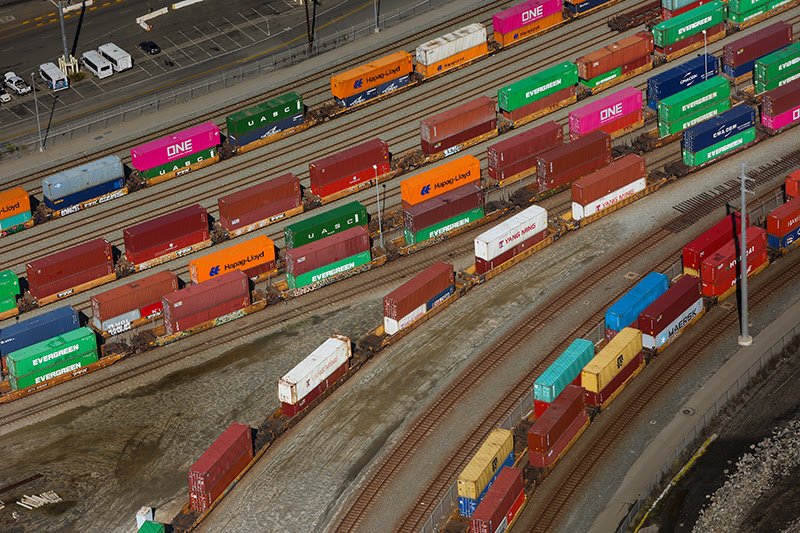
Long Beach Port forges pact with Utah Inland Port Authority
The partnership aims to improve cargo flow, reduce air pollution
The Port of Long Beach and the Utah Inland Port Authority have agreed to collaborate in the development of cleaner, more cost-effective, and innovative strategies aimed at moving goods quickly, safely, and efficiently between Long Beach and Utah.
The four-year, nonbinding pact is aimed at improving import and export cargo flows between the nation’s second-busiest seaport and Utah’s logistics network.

Mario Cordero
“This agreement is vital to the Port’s strategic goals to diversify exports and create new partnerships that will help alleviate the unprecedented cargo surge we’ve experienced since last summer,” said Mario Cordero, Executive Director of the Port of Long Beach. “Our enhanced on-dock rail facilities will be crucial in delivering cargo to Utah while also strengthening the Port’s competitiveness and reducing emissions.”

Frank Colonna
“We are looking forward to collaborating with the Utah Inland Port Authority,” said Long Beach Harbor Commission president Frank Colonna. “This partnership strengthens our commitment to moving cargo reliably, efficiently, and sustainably across the United States.”

Jack Hedge
“This partnership is another critical connection as we work to streamline logistics for Utah and the Intermountain West,” said Jack Hedge, Executive Director of the Utah Inland Port Authority. “Working directly with the Port of Long Beach creates a synergy and stability that opens opportunities for Utah businesses to move goods more efficiently.”
Under the agreement, the Port of Long Beach and Utah will collaborate on business opportunities and share information as they undertake major projects expected to improve the speed and efficiency of cargo shipments between Southern California and Utah. The Port of Long Beach plans to invest $1 billion in rail improvements over the next 10 years to ease the flow of cargo moving through its complex. In turn, the Utah Inland Port Authority will strengthen its ability to transfer imports and exports to more efficient modes of transportation for further supply chain distribution.
Additionally, the Port of Long Beach and the Utah Inland Port Authority will collaborate and share data on efforts to improve air quality and energy efficiency by deploying alternative fuel vehicles and other clean-air technologies.
The agreement also calls for joint marketing to shared trade industry partners, studying how to resolve existing supply chain issues, and expanding export opportunities for Utah and surrounding states.
The Port of Long Beach is the nation’s second-busiest seaport. With 175 shipping lines connecting Long Beach to 217 seaports, the Port handles $200 billion in trade annually, supporting more than 575,000 Southern California jobs.









